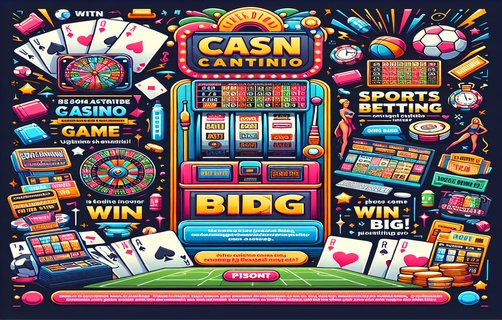The Behind-the-Scenes Gamble: Analyzing the Loser's Experience in Andar Bahar

As the vibrant colors and sounds of the casino envelope players, few stop to consider the seat of one most crucially affected by it all—the loser. In the game of Andar Bahar, a traditional card game often spotlighted in Indian casinos, the experience of losing is as profound as the thrill of winning. For the Aristocrat, a renowned gaming manufacturer, the stakes rise higher when factoring in the casino license intricacies and VIP promotions designed to entice and retain players.
The casino landscape is an elaborate tapestry woven with complex threads of analytical thinking and innovative slot themes. From the moment a player takes their seat, the ambiance is crafted to engage them deeply. However, the psychological toll on those who continually leave with empty pockets can be significant. Understanding this dynamic requires diving into the data analytics surrounding player behavior and the effectiveness of promotions.

When examining the typical player's experience from a loser's perspective, it's essential to evaluate how casino licenses affect gameplay. Each license comes with its own regulations that impact game offerings and payout structures. For the player, this can mean fluctuating odds and varying experiences. The role of VIP promotions can further complicate matters. While they are designed to reward high-rollers, they simultaneously leave average players feeling alienated, potentially exacerbating their losses.
In order to effectively analyze a player’s experience, especially for those frequently on the losing end, one must engage in a detailed analytical process. This starts by collecting data related to player demographics and play patterns. Are losing players frequenting the casino out of loyalty, or do they become entangled in a cycle of chasing losses? Subsequently, statistical modeling can reveal insights into the emotional reactions correlated with specific loss amounts across various demographics.
Considering the theme of slots offered at a casino can also enhance this analysis. Certain themes may resonate more positively, engaging players and reducing their negative experience when playing Andar Bahar. This ties into the importance of GTO (Game Theory Optimal) adjustments; casinos may adjust odds and promotions to optimize their offerings, inadvertently affecting why certain players tend to lose more. By balancing game offerings with economics of player retention strategies, casinos can maintain profitability while ensuring that players don’t feel like mere pawns in a larger game.
Finally, to create a user experience that thrives, casinos must confront the paradox of their setups: they are designed for entertainment yet are underpinned by the unfortunate reality of gambling losses. Enhancing post-game experiences and offering feedback loops could mitigate the feeling of loss and foster a more loyal clientele. By employing marketing strategies focused on emotional engagement rather than purely financial outcomes, a more holistic approach can be undertaken.
In conclusion, the experience of losing in Andar Bahar, from the analytical perspective, is a multifaceted puzzle. Understanding the intricacies of casino licensing, promotional strategies, and player engagement can turn a negative experience into a manageable aspect of casino gameplay. A player who can analyze their choices and engage thoughtfully with the game may have more resilience against the losses while still enjoying the vibrant world of Andar Bahar.
